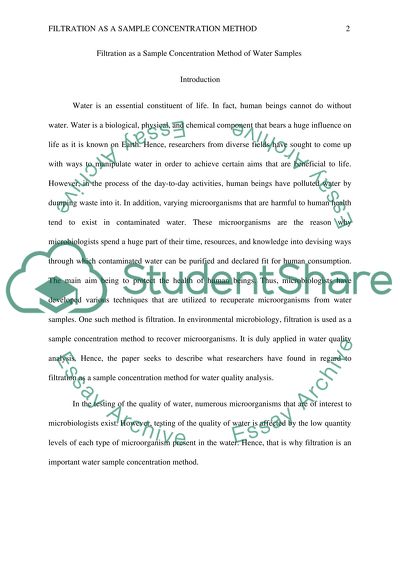Cite this document
(“Filtration as a sample concentration method of water samples Research Paper”, n.d.)
Filtration as a sample concentration method of water samples Research Paper. Retrieved from https://studentshare.org/medical-science/1691700-filtration-as-a-sample-concentration-method-of-water-samples
Filtration as a sample concentration method of water samples Research Paper. Retrieved from https://studentshare.org/medical-science/1691700-filtration-as-a-sample-concentration-method-of-water-samples
(Filtration As a Sample Concentration Method of Water Samples Research Paper)
Filtration As a Sample Concentration Method of Water Samples Research Paper. https://studentshare.org/medical-science/1691700-filtration-as-a-sample-concentration-method-of-water-samples.
Filtration As a Sample Concentration Method of Water Samples Research Paper. https://studentshare.org/medical-science/1691700-filtration-as-a-sample-concentration-method-of-water-samples.
“Filtration As a Sample Concentration Method of Water Samples Research Paper”, n.d. https://studentshare.org/medical-science/1691700-filtration-as-a-sample-concentration-method-of-water-samples.


